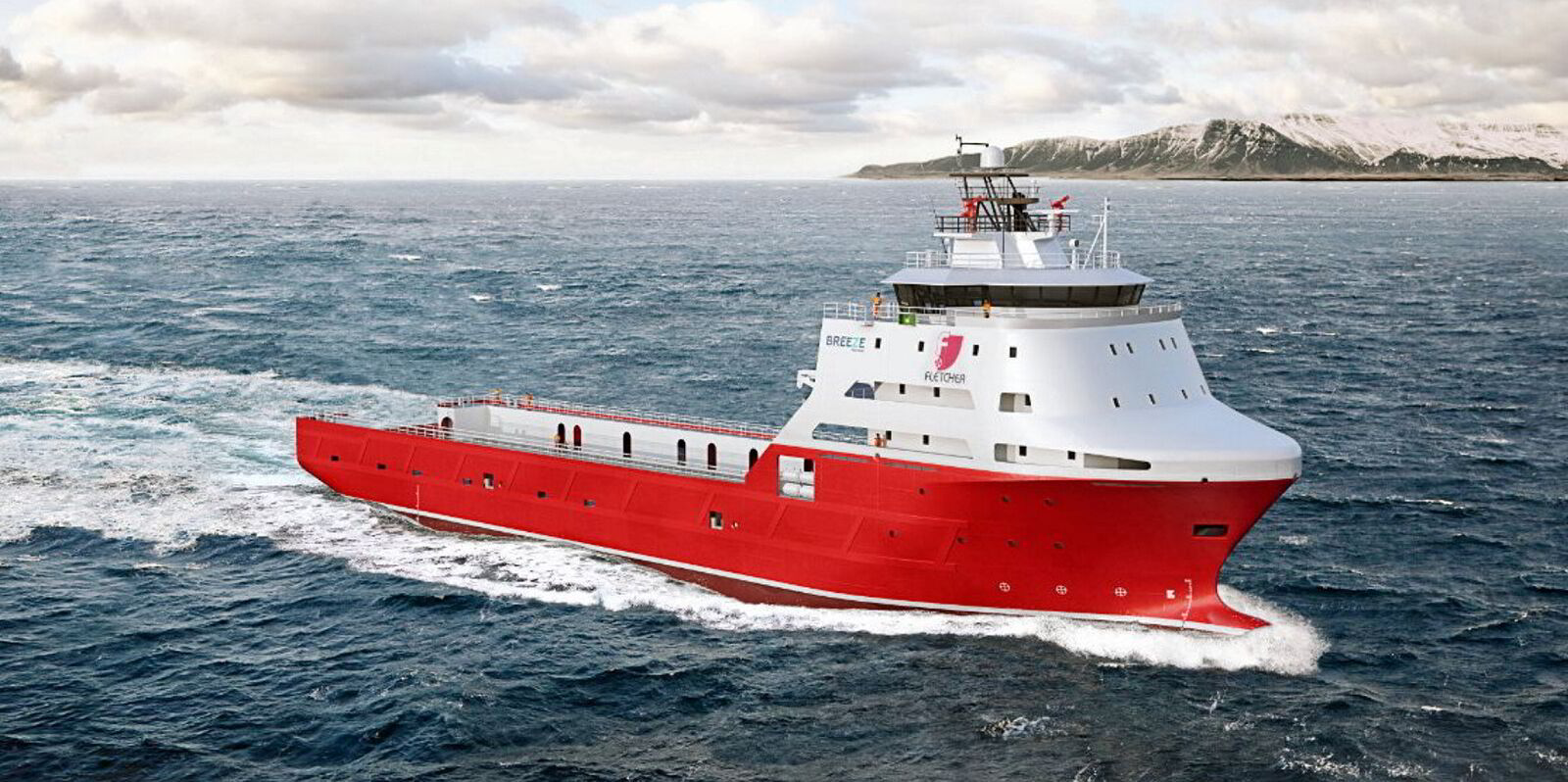Offshore rates could weaken in the crucial summer season after Maersk Supply Service decided on a big switch of tonnage into the North Sea spot market.
Shipbroker SSY Offshore said the Danish giant has positioned eight anchor-handling tug supply units in the region, mainly on the UK side.
“With roughly 30 AHTS expected to operate in the spot market in the North Sea this high season, there could be downward pressure on rates,” the brokerage added.
Hagland Shipbrokers noted “considerable” movement of vessels between Norway and the UK, leading to similar rates and utilisation levels on both sides of the North Sea, effectively merging the two markets.
“Market dynamics have shifted recently, with some owners increasing their spot market exposure; Maersk Supply Service is a notable example,” the Norwegian shop said.
Conversely, Solstad Offshore is now trading only one vessel on the spot market.
At the end of May, one AHTS fixture exceeded the NOK 1m ($93,800) per day mark.
SSY Offshore currently tallies four AHTS ships available for prompt dates in Norway and the UK combined.
“Increased demand from other regions has limited the available North Sea AHTS supply,” the broker said.
Hagland said UK AHTS rates averaged £33,000 ($41,900) in May, with a utilisation rate of 63%.
SSY Offshore said the overall average daily rate for last month was NOK 473,000 ($42,000).
No extreme rate spikes yet
“There was substantial activity, especially on the UK side, but the market was never completely sold out. Additionally, we have not seen the extreme spikes in day rates that typically occur at this time of year,” the broker added.
Last year’s rates were less favourable compared with 2022, when the AHTS spot market in the North Sea averaged well above NOK 1m during June and July, SSY Offshore said.
“Despite higher activity levels this year and reduced supply, it is still unlikely that 2022 levels will be reached,” the company explained.
Hagland characterised the North Sea market as calm heading into the summer season.
“Generally speaking, the spot market has been relatively tight, although the spectacular day-rate spikes that we have become more used to seeing in recent years are yet to materialise,” it added.
On the platform supply vessel side, spot rates are still trailing behind the more favourable term market.
“Owners who engaged in term contracts last year continue to see better returns,” SSY Offshore said.
The high level of reactivation of laid-up ships at the start of last year meant that supply was just enough to meet excess demand, the broker said.
“This year’s market conditions on the UK side appear firmer compared to last year. Supported by a greater number of jack-ups on contract, PSV rates on the UK side are expected to present better terms for owners this high season,” the company added.
Term deals beating spot fixtures

In May, PSV spot rates in Norway ranged from NOK 250,000 to NOK 300,000 per day.
But the highest term fixtures reached NOK 375,000 for 60 to 90-day deals.
Spot rates are expected to average above NOK 300,000 per day for the next few months, supported by limited supply as owners had previously entered period charters, SSY Offshore predicted.
Overall oil and gas vessel demand remains solid, bolstered by a robust Norwegian continental shelf sector, where activity is expected to be significantly higher than last year, with 40 to 50 exploration wells projected to be drilled, up from 34 in 2023, the broker said.
Notably, 10 of these wells are anticipated to be in the Barents Sea, compared to just one last year.
“As most AHTS and PSVs have their main port on the west coast of Norway, the mobilisation to the Barents Sea requires significantly more vessel days as vessels must embark on a three-to-five-day journey north before being ready for their tasks,” SSY Offshore added.




